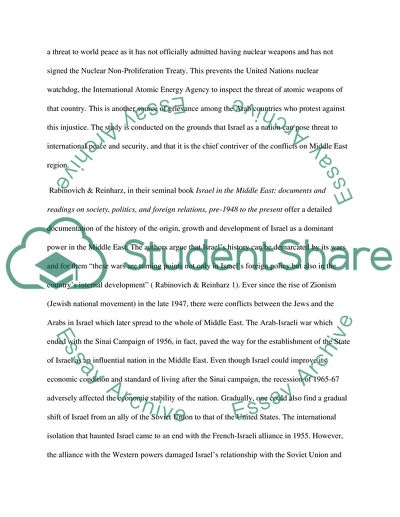Cite this document
(Politics And Foreign Relations Of The Arab-Israeli Conflict Essay, n.d.)
Politics And Foreign Relations Of The Arab-Israeli Conflict Essay. Retrieved from https://studentshare.org/history/1741692-israel-and-the-middle-east-literature-review
Politics And Foreign Relations Of The Arab-Israeli Conflict Essay. Retrieved from https://studentshare.org/history/1741692-israel-and-the-middle-east-literature-review
(Politics And Foreign Relations Of The Arab-Israeli Conflict Essay)
Politics And Foreign Relations Of The Arab-Israeli Conflict Essay. https://studentshare.org/history/1741692-israel-and-the-middle-east-literature-review.
Politics And Foreign Relations Of The Arab-Israeli Conflict Essay. https://studentshare.org/history/1741692-israel-and-the-middle-east-literature-review.
“Politics And Foreign Relations Of The Arab-Israeli Conflict Essay”, n.d. https://studentshare.org/history/1741692-israel-and-the-middle-east-literature-review.


